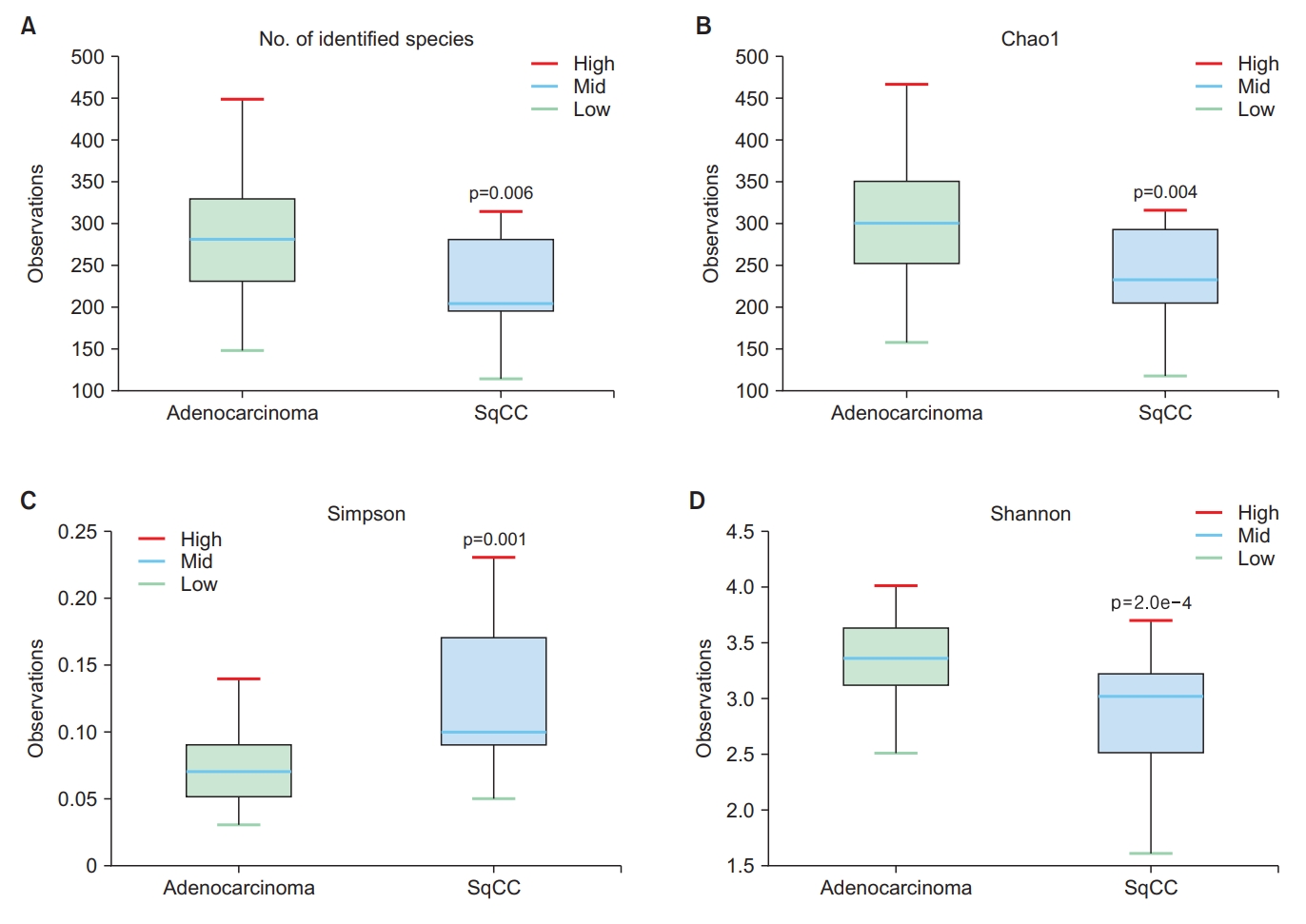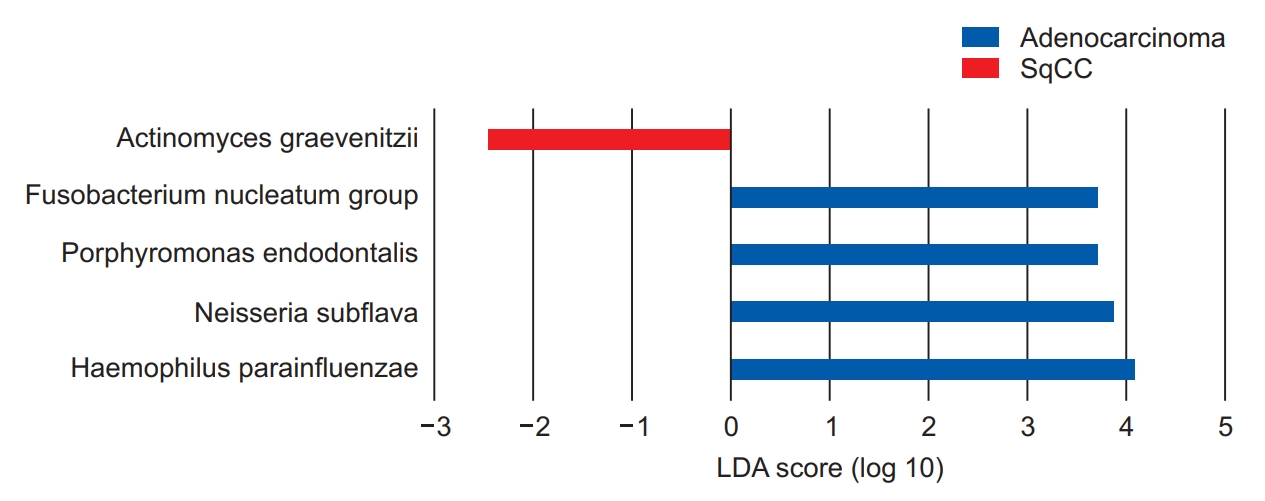 |
 |
| Tuberc Respir Dis > Volume 86(4); 2023 > Article |
|
Abstract
Background
Methods
Results
Conclusion
Notes
Authors’ Contributions
Conceptualization: Jang HJ, Cho YJ, Lee SH. Methodology: Jang HJ, Lee EK, Cho YJ, Lee SH. Formal analysis: Jang HJ, Lee EK, Cho YJ, Lee SH. Data curation: Jang HJ, Lee SH. Software: Lee SH. Validation: Jang HJ, Cho YJ, Lee SH. Investigation: Lee SH. Writing - original draft preparation: Jang HJ, Cho YJ, Lee SH. Writing - review and editing: Jang HJ, Lee EK, Cho YJ, Lee SH. Approval of final manuscript: all authors.
Supplementary Material
Supplementary Figure S1.
Figure 1.

Figure 2.

Figure 3.

Figure 4.

Figure 5.

Table 1.
References
- TOOLS
-
METRICS

- Funding Information
-
Korean Academy of Tuberculosis and Respiratory Diseases
- Related articles
-
New Targeted Therapy for Non-Small Cell Lung Cancer2023 January;86(1)
p53 Expression Patterns in Non-small Cell Lung Cancers1993 December;40(6)
A Clinical Therapeutic Results on Small Cell Lung Cancer.1994 June;41(3)



 PDF Links
PDF Links PubReader
PubReader ePub Link
ePub Link Data Sharing Statement
Data Sharing Statement Full text via DOI
Full text via DOI Supplement1
Supplement1 Print
Print Download Citation
Download Citation



